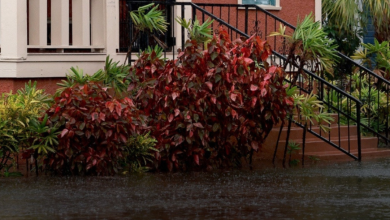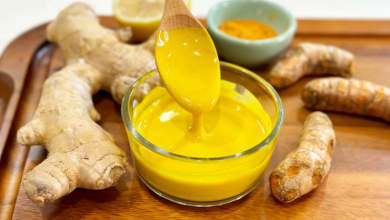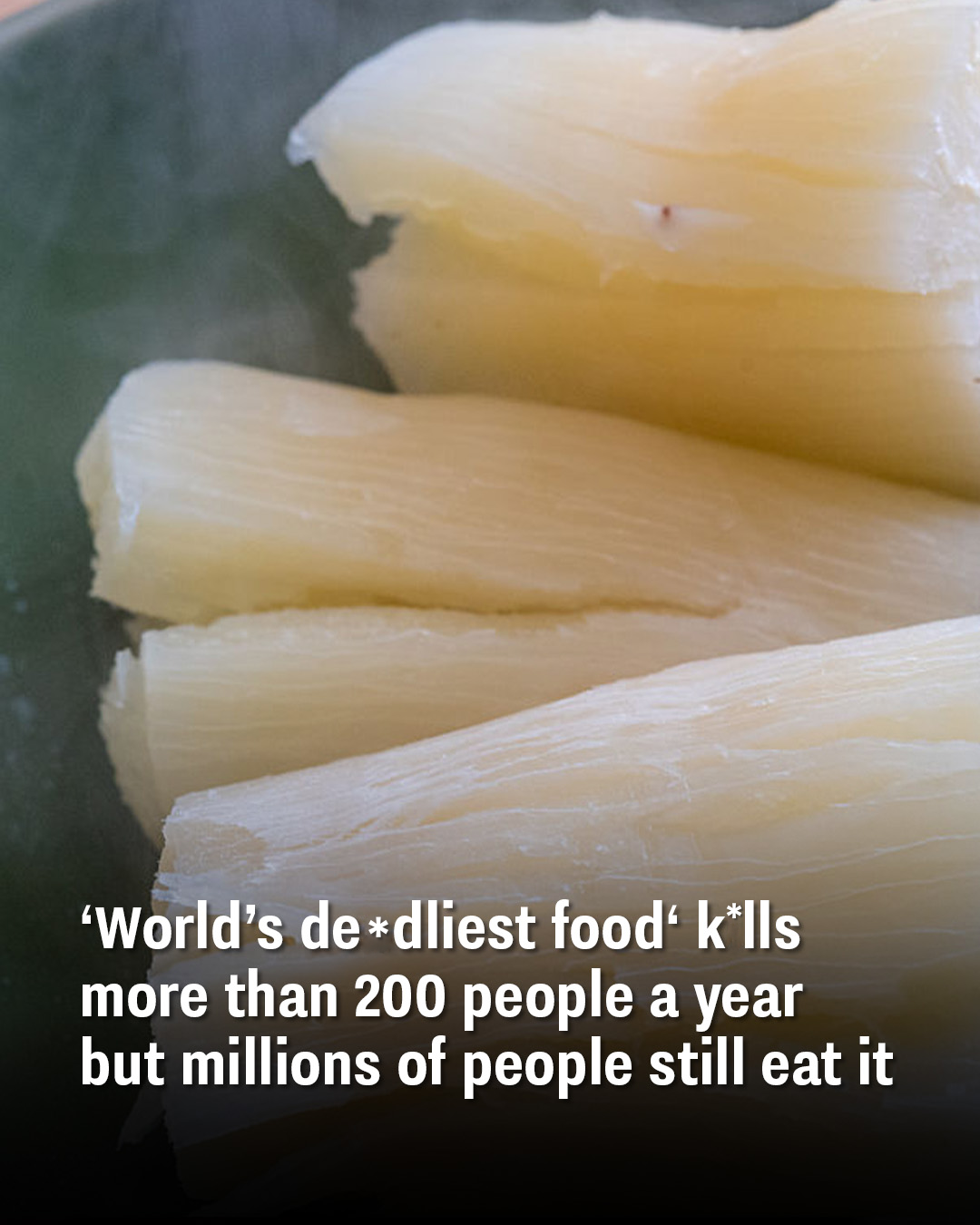
Every year, more than 200 people lose their lives to what has been called the “world’s deadliest food.” Despite its risks, nearly half a billion people continue to consume it regularly.
While some foods are naturally toxic and can be fatal almost instantly, they are not usually found on dinner tables. However, this particular food is a staple for millions—so what is it?
The Hidden Danger of Cassava
Cassava, a widely consumed root vegetable, is a key part of the diet for around 500 million people globally. Native to South America, it is now grown and eaten in large quantities across many countries.
Despite its popularity, cassava can be extremely hazardous if not prepared correctly. The plant’s roots, peel, and leaves contain toxic compounds that can produce hydrogen cyanide, making them unsafe to eat raw.
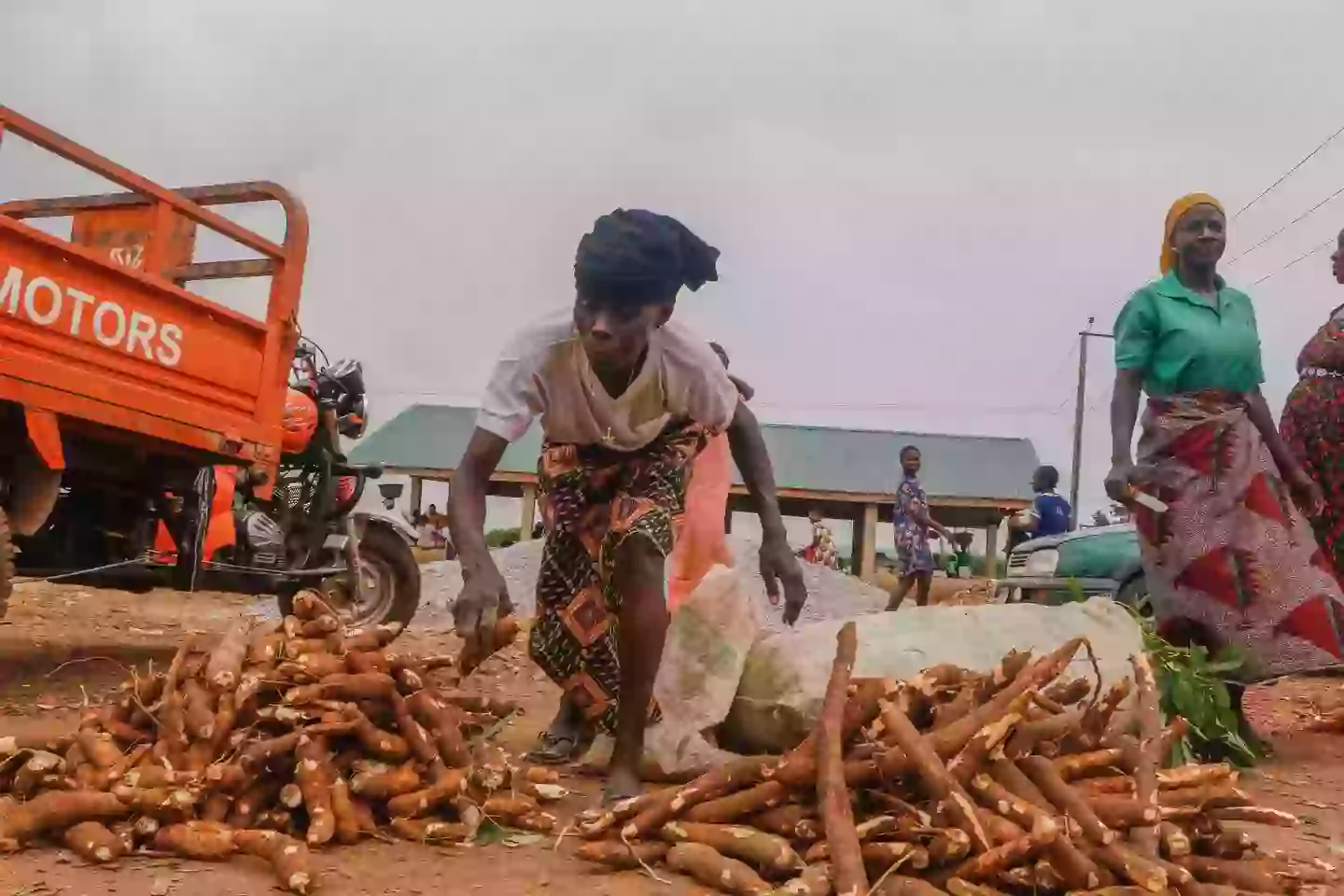
According to the World Health Organisation (WHO), cassava poisoning kills approximately 200 people annually, earning it the title of the “world’s deadliest food.”
The WHO explains:
“Cassava tubers contain a varying quantity of cyanogenic glucosides, which protect the root against attack by animals and insects. Appropriate processing before consumption can reduce cyanogenic glucoside content of cassava. When high cyanogenic cassava is not processed correctly, high dietary cyanide exposure occurs.
“This often happens during times of famine and war. Cyanide in cassava is associated with acute cyanide poisoning and several diseases, including konzo.
“Konzo is an irreversible spastic paraparesis of sudden onset, associated with the consumption of bitter cassava and a low protein intake. It is a disease of extreme poverty. Konzo mostly occurs in epidemics, but sporadic cases are also reported.”
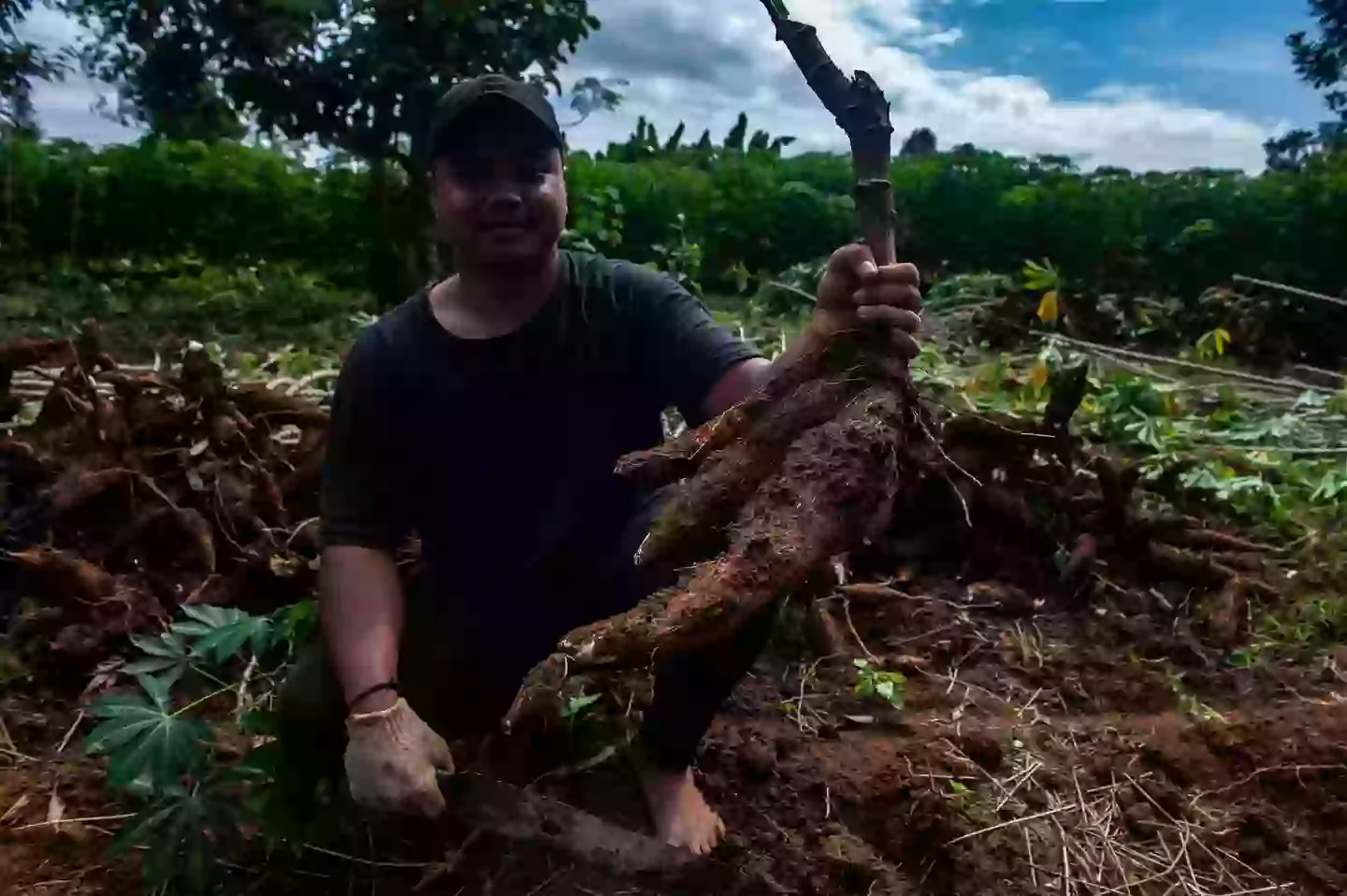
Safe Consumption of Cassava
Although cassava has a dangerous reputation, millions of people eat it safely every day. The key lies in proper preparation to eliminate its toxins.
To make cassava safe to eat, it must be processed correctly—soaking the plant for up to 24 hours is one of the most effective methods to remove harmful substances.
In times of food shortages, the risks increase. For example, during Venezuela’s food crisis in 2017, some people tragically lost their lives after eating bitter cassava out of desperation.
Despite its risks, cassava remains an essential food source for millions. With the right preparation, it can continue to sustain populations without posing a deadly threat.





